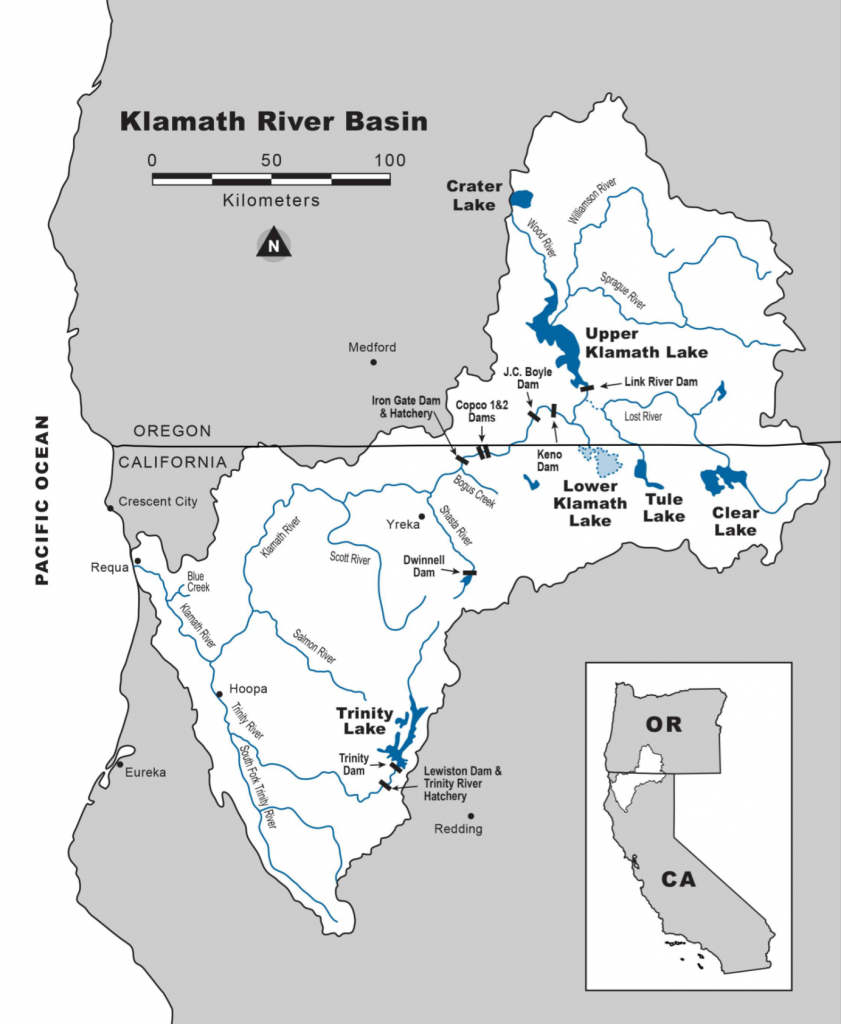In the coming months and years, regulatory processes involving water rights, water quality, and endangered species will determine the future of Central Valley fishes.
To protect and enhance these fish populations, these processes will need to address four fundamental needs:
- River Flows
- River Water Temperatures – holding, spawning incubation, juvenile rearing and migration.
- Delta Outflow, Salinity, and Water Temperature
- Valley Flood Bypasses
In the previous Part 1a post, I discussed river flows during fall. In this post, I discuss river flows during winter.
Winter Flows
Winter is the season of high river natural flows. Even in drought years, Sacramento River flows measurably spike during storms that provide stormwater runoff from numerous undammed tributaries and local sources (Figure 1). On the mainstem Sacramento River and those of its tributaries that also feature rim dams, most of the stormwater inflow is captured and stored for spring-fall water supply. On the San Joaquin River, all the major tributaries and mainstem have large storage reservoirs that capture Sierra and upper Valley runoff, so there is limited controlled winter runoff (Figure 2).
Winter flows are needed to attract adult winter-run and spring-run salmon, smelt, steelhead, and sturgeon to upriver spawning grounds. Winter flows also carry young salmon and steelhead to the Delta, Bay, and ocean by providing velocity, water temperature, and turbidity conditions that speed migration and deter predation by birds and fish. Winter flows stimulate food production and availability. Winter flows and associated high water levels provide access to off channel and floodplain rearing areas that provide refuge and food. Winter flows clean substrate and wash gravels, and thus improve spawning conditions. High winter flows wash sediment, nutrients, and organic material into the estuary that stimulate Bay-Delta productivity.
On the Sacramento River, winter flows carry juvenile winter-run, spring-run, late-fall-run, and fall-run salmon through up to 200 miles of rivers and the Delta to the Bay and ocean. Much of the route is leveed and channelized, with little cover/refuge and abundant predators. Higher flows provide turbidity and lower water temperatures that deter predation.
In the San Joaquin River watershed downstream of the rim dams, flows are minimal in the absence of flood flows and dam spills. Thus, de facto drought conditions persist downstream of San Joaquin watershed dams in all but the wettest years. Recruitment into the salmon populations is confined to San Joaquin offspring produced in wet years, augmented by hatcher strays, since there is minimal juvenile survival to the ocean in other years because of low flows.
In the non-flood years where reservoirs capture most reservoir inflow during the winter, supplemental releases from Central Valley reservoirs should be considered to piggy-back on and enhance natural flow pulses to benefit salmon and other native fish. Such action would most benefit salmon populations below rim dams. Such releases can be prescribed as a portion of the natural or unimpaired inflow to the reservoirs.

Figure 1. Daily average Delta inflow from the Sacramento River 2012-2016 as measured at Freeport. Red circles denote winter-spring flow pulses that support important ecological processes such as salmon migration. Water years 2012-2015 were drought years; 2016 was a below-normal water year.

Figure 2. Delta inflow from the San Joaquin River 2012-2016 as measured at Vernalis. Prescribed fall and spring flow releases from reservoirs for salmon migrations dominate the hydrograph in these drought years. Winter flow pulses were lacking with the exception of 2016. Water years 2012-2016 were drought years in the San Joaquin watershed.

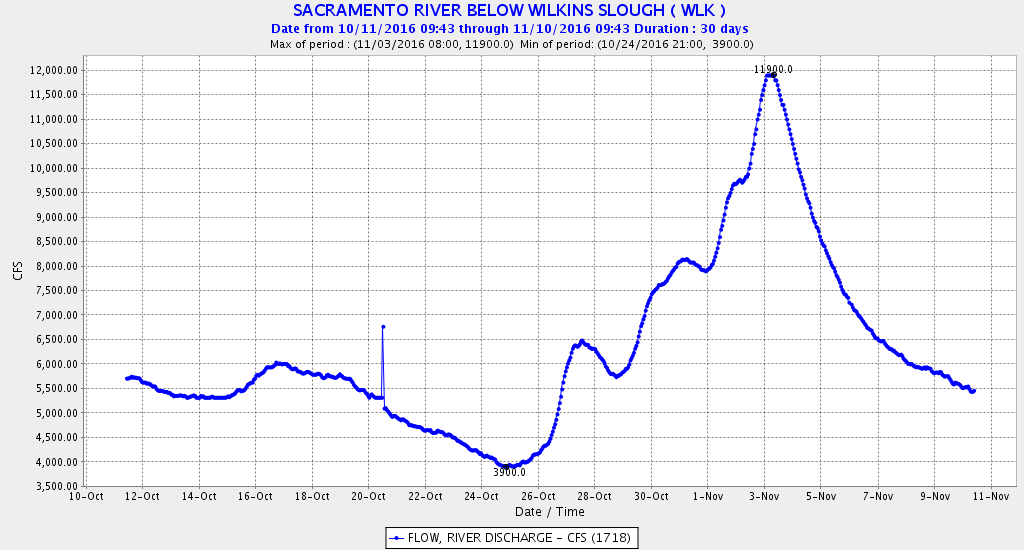
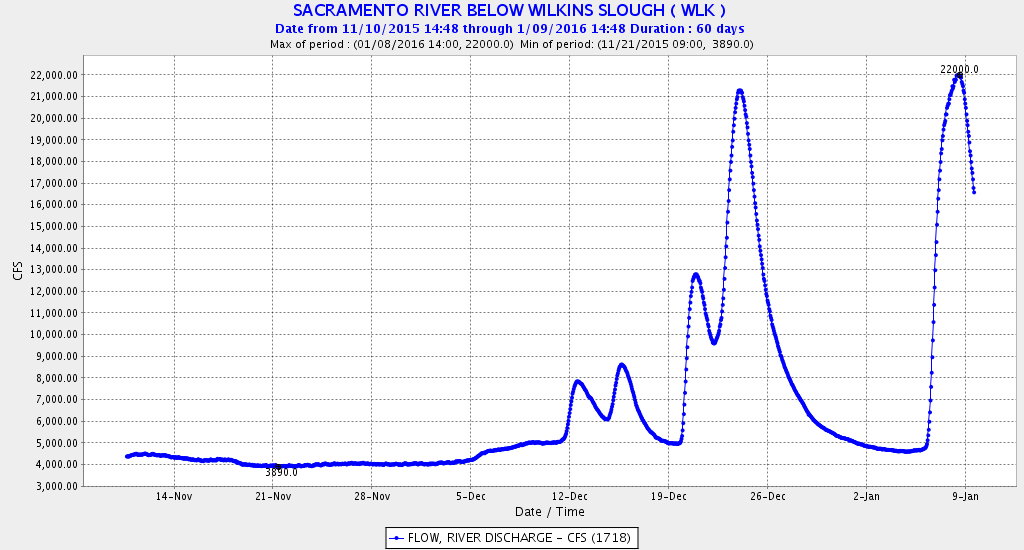
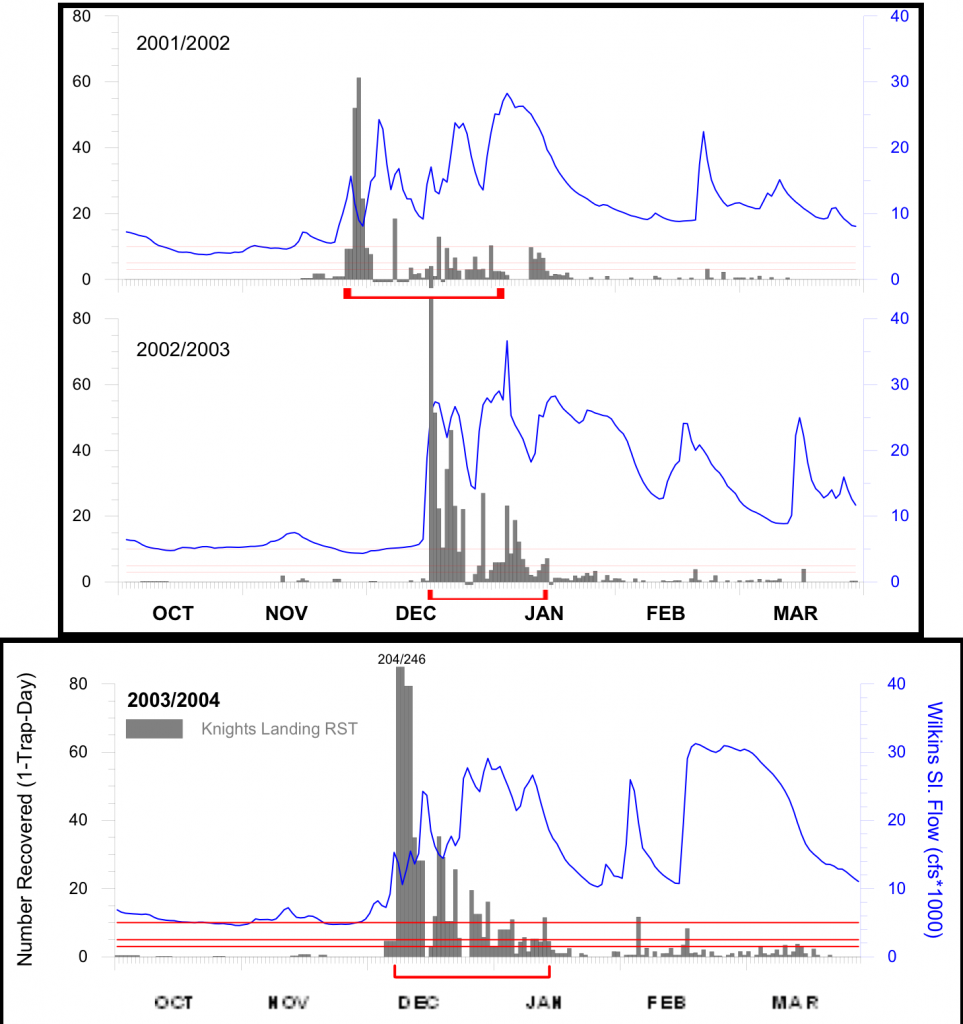


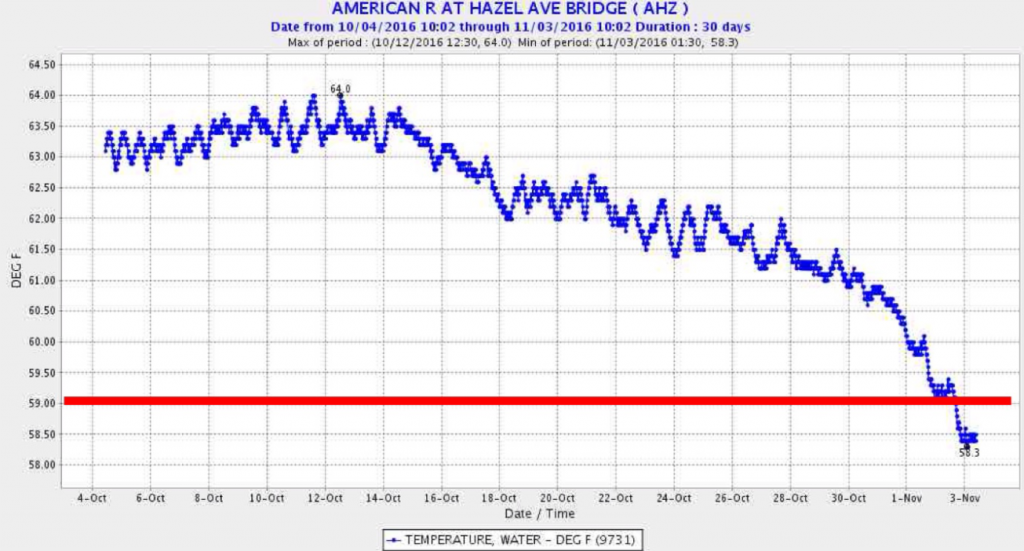

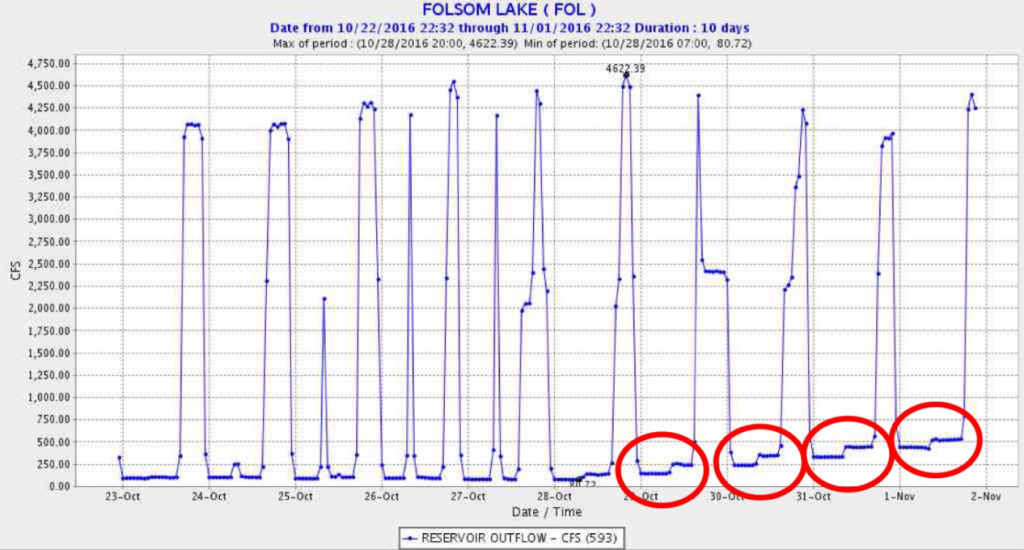
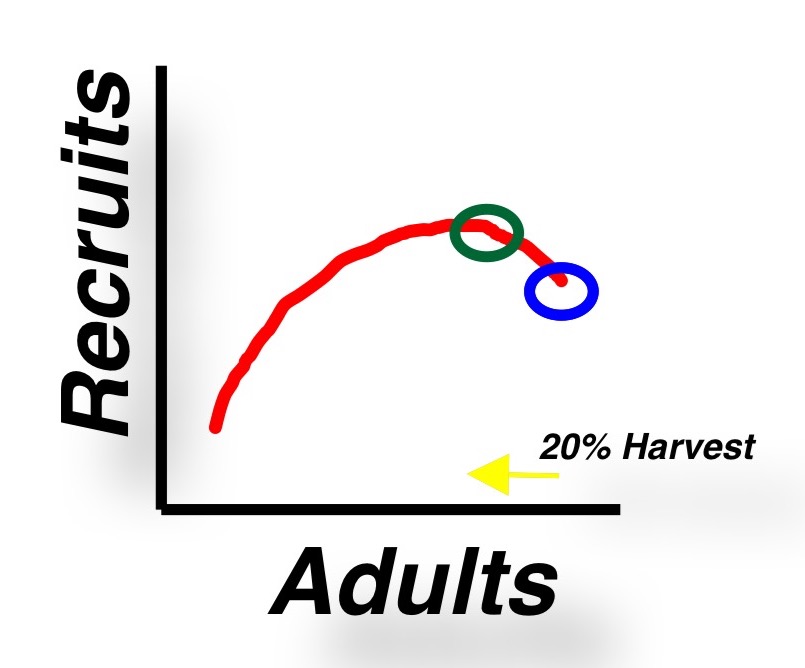

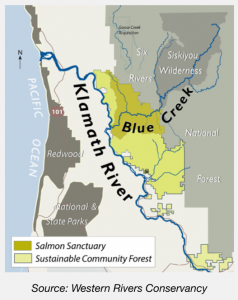 To get the process moving faster, I offer the following recommendations:
To get the process moving faster, I offer the following recommendations: